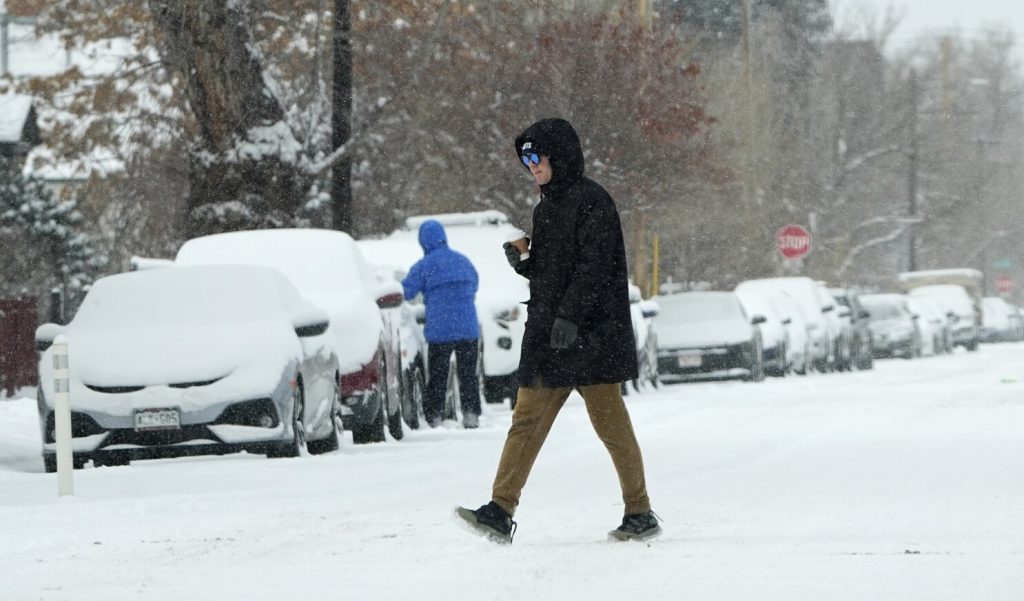Residents across North Dakota are facing extreme cold this week as an Arctic air mass blankets the region, pushing wind chill values as low as -35°F. The National Weather Service (NWS) has issued wind chill advisories for much of the state, including Bismarck, Fargo, and Grand Forks, through Tuesday morning. Prolonged exposure to such frigid temperatures poses serious risks of frostbite and hypothermia, prompting officials to warn residents to limit outdoor activity.
The bitter cold is being driven by a combination of below-zero temperatures and strong northwest winds gusting up to 25 mph. Actual air temperatures are expected to dip from -10°F to -20°F during the overnight and early morning hours, with wind chills making it feel much colder. Areas along the Red River Valley and central plains are particularly at risk for dangerous conditions, as wind speeds intensify overnight before gradually subsiding by Tuesday afternoon.
Frostbite Risk and Health Precautions
Medical experts warn that frostbite can occur on exposed skin in as little as 10 minutes under these conditions. Residents are advised to wear multiple layers of clothing, hats, scarves, and insulated gloves when outside. The NWS also urges people to avoid prolonged outdoor exposure, especially for children and the elderly, who are more vulnerable to extreme cold.
Travel and Infrastructure Concerns
Blowing snow from recent storms may still cause slippery patches on highways and rural roads, including stretches of Interstate 94 and US Highway 2. While major highways are expected to remain open, reduced visibility and icy spots may pose challenges for drivers. Motorists are advised to keep emergency kits in their vehicles, including blankets, flashlights, food, and water.
Power and Heating Precautions
With furnaces running at full capacity, residents are encouraged to monitor home heating systems and check for carbon monoxide leaks. Local shelters and warming centres have been opened in several communities to provide relief for those without adequate heat or shelter.
The extreme cold is expected to ease gradually by midweek, but residents are urged to stay updated through the NWS and local emergency services.

